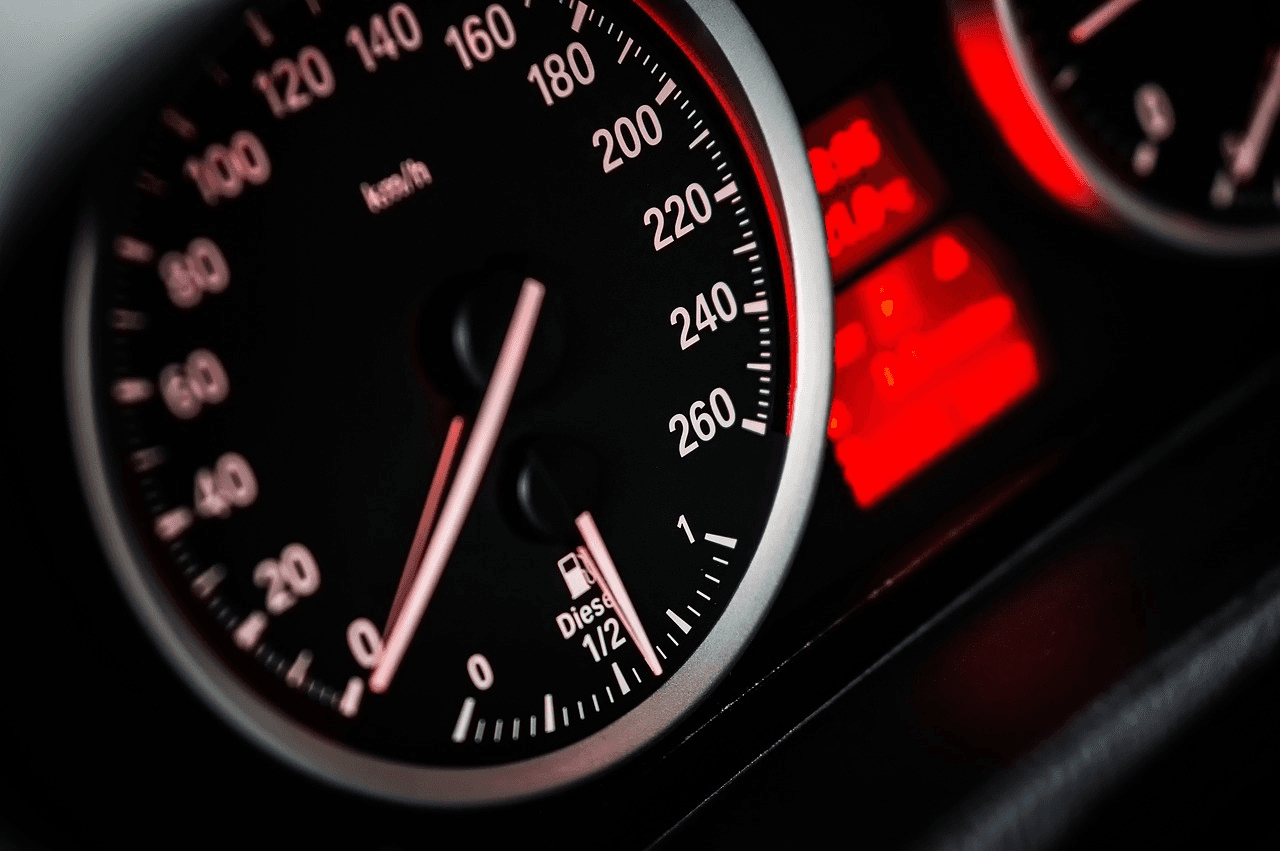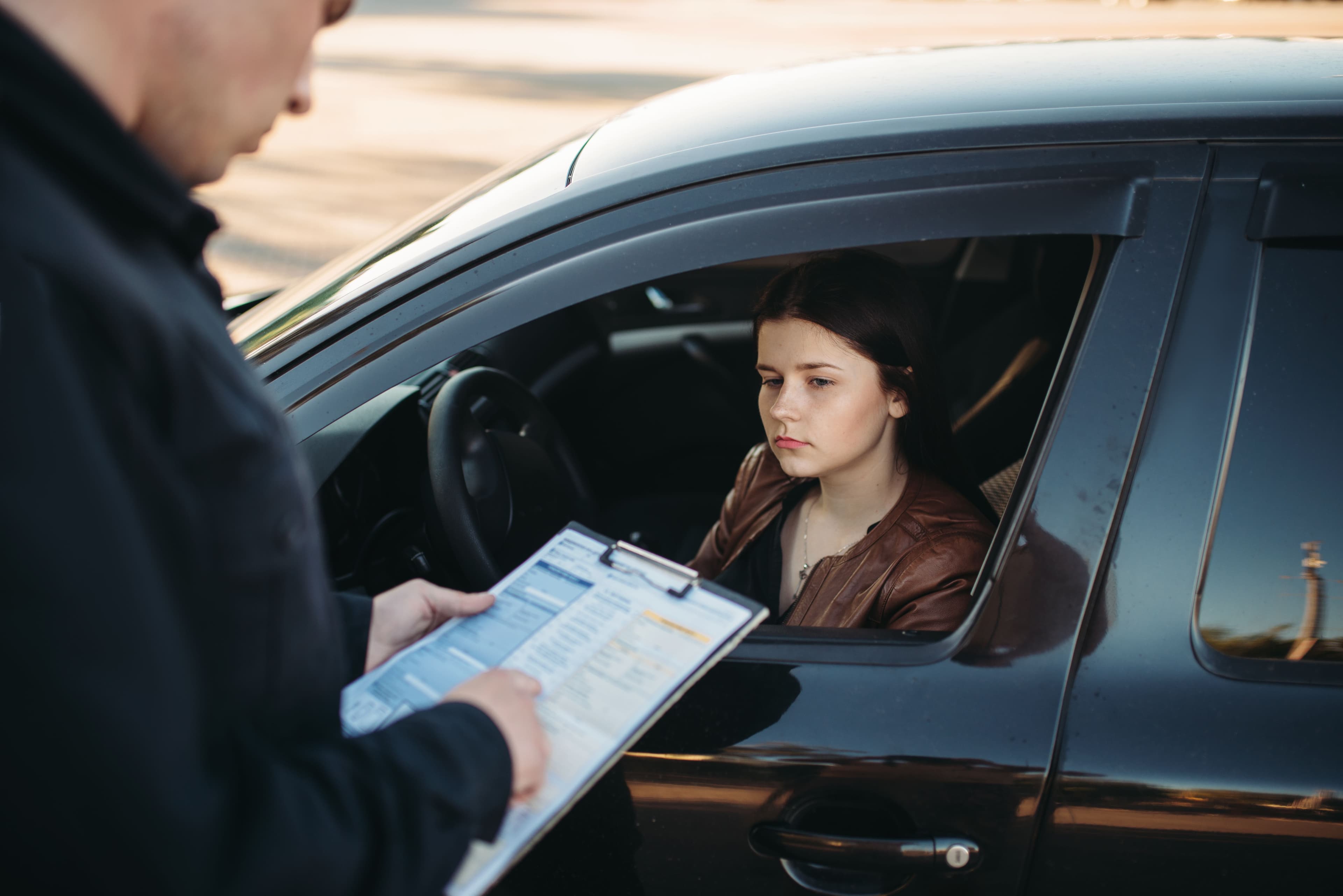
To speed or not to speed
New Illinois speeding laws impose Class A or B misdemeanors for driving 26+ mph over the limit.
New Illinois speeding laws impose Class A or B misdemeanors for driving 26+ mph over the limit.
If you’ve felt the need for speed lately, remember that Illinois legislators have recently increased the consequences for serious speeding violations. Driving even 26 miles per hour over the posted limit can now lead to criminal charges.
Under 625 ILCS 5/11-601.5:
- Driving 26 to 34 mph over the speed limit is a Class B misdemeanor.
- Driving 35 mph or more over the limit is a Class A misdemeanor.
To put this in perspective, the Illinois General Assembly has categorized speeding more than 30 mph over the limit as being on par with driving under the influence of alcohol or certain battery offenses.

The law also states that drivers charged with a Class A or B speeding offense are not eligible for court supervision (730 ILCS 5/5-6-1(p)). This means the violation will go directly on your driving record, with long-term consequences for insurance and employment.
Additionally, if you are stopped for excessive speeding, you will likely be arrested, required to post bond, and face the possibility of significant fines and penalties.
In short, Illinois is treating high-speed violations as serious criminal matters—not just traffic tickets.
The post To speed or not to speed appeared first on Harter & Schottland.
